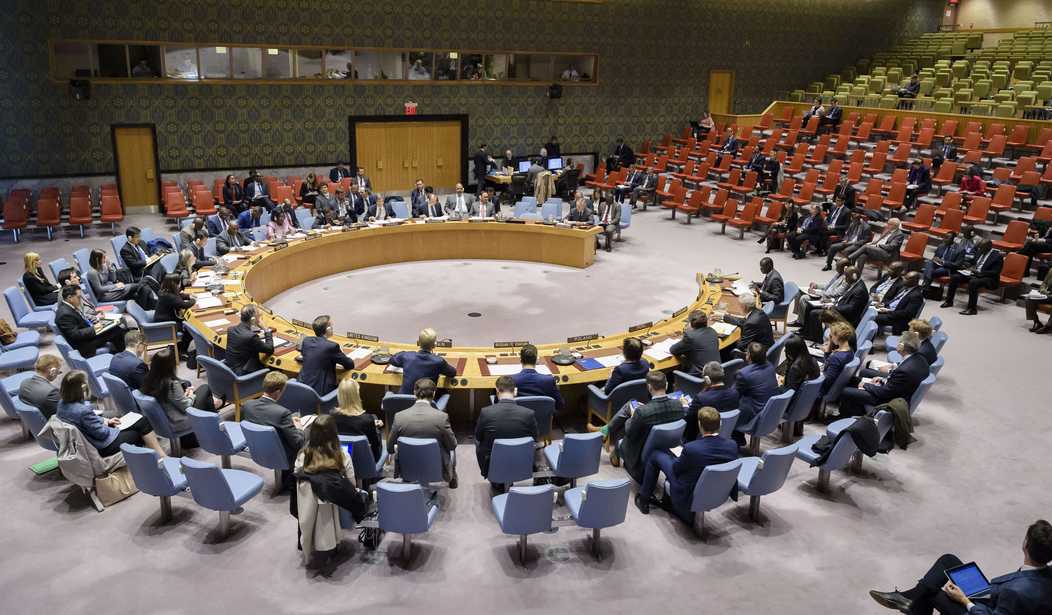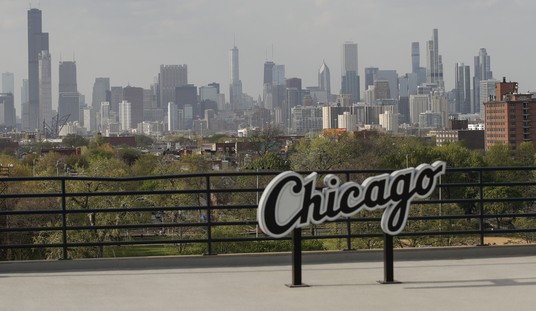Somewhere in a storage room, I've a World War II submarine recognition pamphlet framed to display its intriguing title.
Published circa 1943, the pamphlet is no frills -- black ink submarine silhouettes and captions on white paper. The silhouettes depict U.S., British Commonwealth, Free French and Soviet Union subs, and, as I recall, a Dutch and a Greek sub as well. The Netherlands, Greece and France had been defeated, but some ships escaped to fight for their "free governments in exile."
The document's title: "United Nations Submarines."
They were U.N. subs, not U.S and Allied subs, and it had a 1943/44 pub date, not 1945, the year the U.N. organization was established, according to those now commemorating its 75th anniversary.
Dates aren't the issue. The point is this: A military weapons pamphlet labeled "U.N." reinforced a strategic political message then-U.S. President Franklin D. Roosevelt thought had warfighting value. FDR first publicly used the U.N. nom de guerre on Jan. 1, 1942, in his "Declaration by United Nations," a statement signed by delegates from 26 countries committed to waging war against the Berlin-Tokyo-Rome Axis. FDR conceived of the "United Nations" as a political organizing tool that established an incorporative identity for a multilateral coalition that only excluded enemies like Imperial Japan, fascist Italy and Nazi Germany.
The U.S. was FDR's "lead nation." United States, United Nations? FDR admired the League of Nations concept, but its failure was obvious.
In April 1945, as the war in Europe concluded, the United Nations Conference on International Organization convened in San Francisco to write an organizational charter, which nations began signing in June. On Oct. 24, 1945, the same day the Soviet Union signed the charter -- the U.N. as we know it was established.
The warfighting U.N. had transformed into an international peacekeeping organization and a forum for mediating conflicts between or among nations.
Recommended
But did it really move from war-making to peacekeeping?
In June 1950, the U.N. authorized combat forces under the U.N. flag (but led by the U.S.) to halt North Korea's invasion of South Korea. A United Nations Command still remains in South Korea.
Peacekeeper and observer forces were deployed in 1948 and during the 1950s. But in 1960, the U.N. Security Council authorized the U.N. operation in the Congo, and the era of large-scale, often-repetitive, often-apparently endless peacekeeping operations began. Sadly, the Cold War kept many small wars hot. Yet three decades after the Cold War ended, many continue to burn, particularly in anarchic "fake states" like Congo and Mali.
"Peacekeeping" sounds warm and fuzzy, but it relies on the ability to use armed force to affect physical and political circumstances. In truth, it is a euphemism for a type of warfare.
The U.N. Department of Peace Operations (DPO) understands the definitional problem and concedes that peacekeeping "defies simple definition." Many missions are "multidimensional" -- a squish word if there ever was one. Armed defensive operations, like inserting peacekeepers into buffer zones between warring factions or deploying them to protect defenseless civilians, are often violently multidimensional.
Over the years, other weaseling terms have appeared, like "robust peacekeeping," "peacekeeping with teeth," "hard peacekeeping" and "peace restoration." They are euphemisms attempting to camouflage offensive war waged by peacekeeper soldiers.
In 2013, the U.N. created a special Force Intervention Brigade, or FIB, for its latest Congo peacekeeping operation. The oxymoron "war-making peacekeeping" didn't appear in the resolution creating the unit. Probably too blunt for the diplomats.
The FIB deployed in eastern Congo to "neutralize" rogue militia factions that were murdering and raping poor Congolese en masse. Since 2013, the FIB has decimated two militias and is now battling other factions. However, the three nations providing brigade troops, South Africa, Tanzania and Malawi, have reservations about the unit's use. All three nations have excellent professional forces, but they seem frustrated and unappreciated. Why, these small lead nations almost sound like Americans, weary of the burden of war.
























Join the conversation as a VIP Member